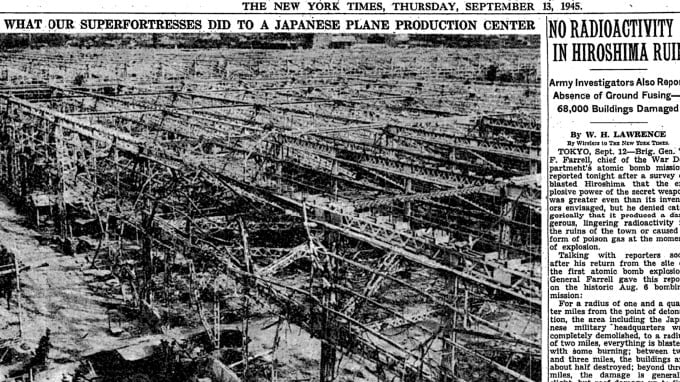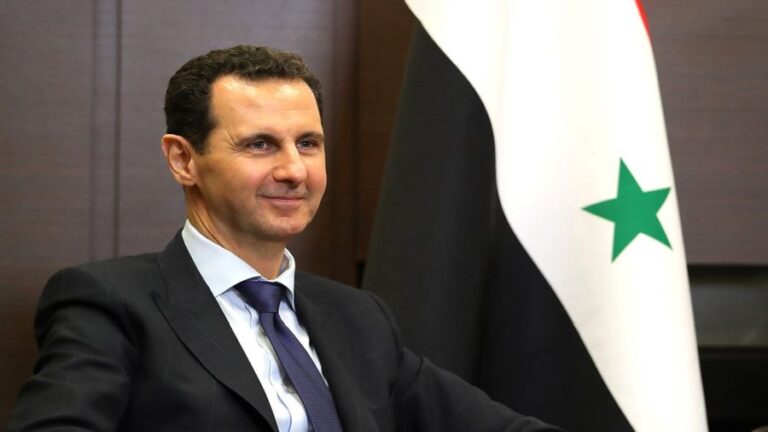Surging Corruption in Afghanistan
Associated Press reported that on April 24 «a senior US military official speaking on condition of anonymity said in Kabul that Russia was giving machineguns and other medium weight weapons to the [Taliban]». No evidence was offered, and there was no confirmation from anywhere else concerning the allegation. And nobody pointed out that neither the Taliban nor any other militant group — including the private armies of the CIA-supported warlords — have any need of extra weapons, as they have plenty of their own that they have obtained by various means over the years.
A 2014 analysis titled Actions Needed to Improve Weapons Accountability by the US Special Inspector General for Afghanistan Reconstruction (SIGAR) warned that «The scheduled reduction in Afghan security forces personnel to 228,500 by 2017 is likely to result in an even greater number of excess weapons. Yet [the US] DOD continues to provide the Afghan National Security Forces (ANSF) with weapons based on the ANSF force strength of 352,000 and has no plans to stop providing weapons. Given the Afghan government’s limited ability to account for or properly dispose of these weapons, there is a real potential for these weapons to fall into the hands of insurgents, which will pose additional risks to US personnel, the ANSF, and Afghan civilians».
On the same day as the anonymous (as always) «senior US military official» told the media that Russia was providing guns to the Taliban the US defence secretary, General Mattis, visited Afghanistan. It was illuminating that his visit was not announced before he arrived, because, after sixteen years of war and expenditure of 770 billion dollars of US taxpayers’ money on one of the most corrupt countries in the world (169 out of 176, according to Transparency International), it was unsafe to the point of hazarding his life to let anyone know he was coming — even people at the highest levels of what passes for government in Kabul.
And his media conference was illuminating as well because, according to Radio Free Europe / Radio Liberty, General John Nicholson, commander of US forces in Afghanistan, said he «wouldn’t dispute that Russia’s involvement in the Afghan war includes Moscow providing weapons to the Taliban». Then in a slightly more cautious style, CBS news reported that when a reporter asked Nicholson «So you are not refuting that they are sending weapons?» he replied «Oh, no, I am not refuting that».
Then the Washington Post told the world that «Russia is sending weapons to Taliban, top US general confirms» and backed up its statement by saying that «The general in charge of US forces in Afghanistan appeared to confirm that Russia is sending weapons to the Taliban . . . General John Nicholson did not dispute claims that the Taliban is receiving weapons and other supplies from the Russians. ‘We continue to get reports of this assistance,’ Nicholson said».
Who provides these reports? More anonymous officials?
It is noteworthy that Mattis did not echo «not refute/dispute», but confined himself to observing, as accurately stated by Al Jazeera, that «any weapons being funnelled here from a foreign country would be a violation of international law» which, although an almost unbelievably stupid comment, especially in the light of proven US arms supplies to Syrian rebel forces, reported by IHS Jane’s and listed in Business Insider, does not go as far as to give credibility to the unsubstantiated allegations that Russia is supplying arms to the Taliban. Even the New York Times acknowledged that «weapons shipped into Jordan by the Central Intelligence Agency and Saudi Arabia intended for Syrian rebels have been systematically stolen by Jordanian intelligence operatives and sold to arms merchants on the black market,» which doesn’t say much for Washington’s adherence to international law — or its control of all the weapons it sprays around the world.
Why would Russia want to send weapons to the Taliban? What possible advantage might there be in that for Moscow? The Taliban have already got plenty of weapons from many sources, the main one being the United States, via the Afghan army and police. The European Union ambassador to Kabul, Franz-Michael Mellbin, said in February that «corruption is huge in the police force and it is a tragedy that weapons and ammunition go from police to the enemies of the state [i.e., the Taliban]. I had a discussion this morning with the Support Mission about this and on the international side there is no doubt that we find this to be a scandal which has to end».
There is no chance of it ending, because as the Special Inspector General for Afghanistan Reconstruction emphasised in September 2016, «while corruption in Afghanistan pre-dates 2001 [when the Taliban government was toppled by militias who were bribed and armed by the CIA, a practice that continued], it has become far more serious and widespread since then». His reports, he said, detail «how the United States collaborated with abusive and corrupt warlords, militias, and other powerbrokers. These men gained positions of authority in the Afghan government, which further enabled them to dip their hands into the streams of cash pouring into a small and fragile economy».
On April 25 the United Nations published a paper titled Afghanistan’s Fight against Corruption: The Other Battlefield which is a travesty, because, as pointed out by Britain’s Daily Mail newspaper, it «does not extend to security forces, undermined by nepotism, favouritism and ghost soldiers, who exist only on paper and whose pay is diverted». There’s nothing in the UN document about weapons being stolen or otherwise going missing, but the New York Times is more realistic in its long report about ‘How Many Guns Did the US Lose Track of in Iraq and Afghanistan? Hundreds of Thousands.’ It records that «the United States has handed out a vast but persistently uncountable quantity of military firearms to its many battlefield partners in Afghanistan and Iraq. Today the Pentagon has only a partial idea of how many weapons it issued, much less where these weapons are».
Some of the NYT analysis is based on research by Iain Overton, director of the London-based Action on Armed Violence (AOAV), who discovered that «overall, the US DoD found 484,680 small arms recorded, compared to the 503,328 AOAV researchers found» — and this figure does not include weapons provided to warlords and others by the CIA. One conclusion is that the discrepancies in figures of weapons provided to the Afghan armed forces «shows the lack of accountability, transparency and joined up data that exists at the very heart of the US government’s weapon procurement and distribution systems».
It is far from surprising that weapons have been easily acquired by the Taliban and any other armed group in Afghanistan that wants them. There is no need for them to go out on the world market and seek arms from anywhere else — it’s much simpler to stay at home and let the weapons roll in, either as a result of successful attacks on Afghan military bases or the simpler method of handing over a bit of cash to the corrupt government officials and military officers who are supposed to account for them.
And then, muddying the waters and attempting to shift the blame for the corruption caused by this disastrous 16-year war away from the Pentagon and its NATO sub-office in Brussels to anyone else who might be easy to blame, it is attractive for «a senior US military official . . . on condition of anonymity» to tell reporters that Russia is giving the Taliban «machine guns and other medium-weight weapons» and for the US commander in Afghanistan to declare that «we continue to get reports of this assistance».
As I write, there is news of two more US soldiers having been killed in Eastern Afghanistan, bring the total number of US dead in that useless war to 2396. The Washington Post noted that «the deaths mark the third time this year that a member of the US military has died in combat in Afghanistan. On April 8, Army Staff Sergeant Mark R De Alencar was killed by small-arms fire, also in Nangarhar Province».
Who provided the weapons to the insurgents who killed these brave young soldiers? And is it right that they should have died to support such a corrupt country?
By Brian Cloughley
Strategic Culture







